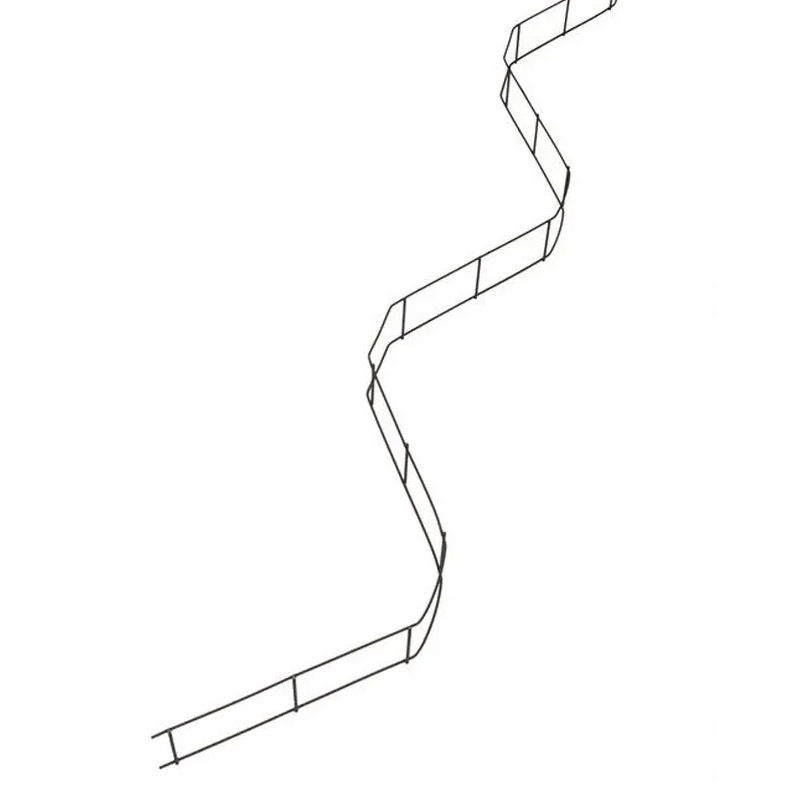
- Mobile Phone
- +8613931874955
- sales@cntcmetal.com
Horizontal Joint Reinforcement in Masonry Construction for Enhanced Structural Integrity
Horizontal Joint Reinforcement in Masonry An Overview
Horizontal joint reinforcement is an essential component in masonry construction, contributing significantly to the structural integrity and durability of masonry walls. This type of reinforcement consists of steel bars or wires placed within the horizontal mortar joints of masonry units, such as bricks or concrete blocks. The incorporation of horizontal joint reinforcement is especially vital in areas prone to seismic activity, high winds, or other environmental stresses.
Horizontal Joint Reinforcement in Masonry An Overview
In addition to improving tensile strength, horizontal joint reinforcement also plays a significant role in controlling wall deflection and reducing the risk of catastrophic failure. During an earthquake or wind event, masonry structures can experience significant lateral movement. The reinforcement assists in maintaining the alignment and integrity of the wall, mitigating potential damage. Moreover, it helps to prevent the development of excessive cracking, which can compromise the wall's performance and lead to more severe structural issues.
horizontal joint reinforcement masonry

The installation of horizontal joint reinforcement typically involves embedding the steel bars or wires in every few courses of masonry. The standard practice is to place the reinforcement at least every two to three courses, ensuring that it is adequately spaced for optimal strength. The reinforcement should be properly encapsulated in mortar to prevent corrosion and ensure its full effectiveness. Additionally, it is crucial to follow the local building codes and guidelines, which often specify the minimum reinforcement requirements based on the building's location and expected loads.
Apart from its structural benefits, horizontal joint reinforcement also contributes to the overall aesthetics of a masonry wall. When executed correctly, the reinforcement remains hidden within the joints, maintaining the clean lines and uniform appearance of the masonry facade. However, it is vital for architects and engineers to plan for the integration of horizontal joint reinforcement from the design phase, ensuring that it aligns with the building's architectural vision.
In conclusion, horizontal joint reinforcement is a critical aspect of masonry construction that enhances the strength and stability of walls. Its role in improving tensile strength, controlling deflection, and mitigating damage during extreme weather events makes it an indispensable feature in modern masonry design. By adhering to best practices and local regulations, builders can ensure that their structures are not only beautiful but also resilient, standing the test of time.
share:
-
Your Source for Concrete Wall Ties and Masonry AccessoriesNewsJul.10,2025
-
Unlocking the Power of Iron Wire for Every ProjectNewsJul.10,2025
-
Explore Advanced Chain Wire and Stainless Steel Mesh FencingNewsJul.10,2025
-
Discover the Benefits of Annealed Wire ProductsNewsJul.10,2025
-
Discover China Stainless Steel Wire Mesh SolutionsNewsJul.10,2025
-
Build with Confidence Using High-Performance Masonry AccessoriesNewsJul.10,2025
-
Why Sacrificial Formwork Is Redefining Underground ConstructionNewsJun.06,2025



















